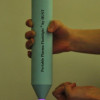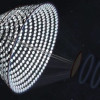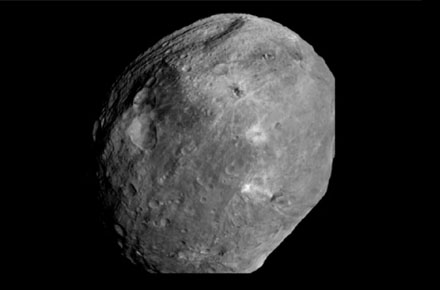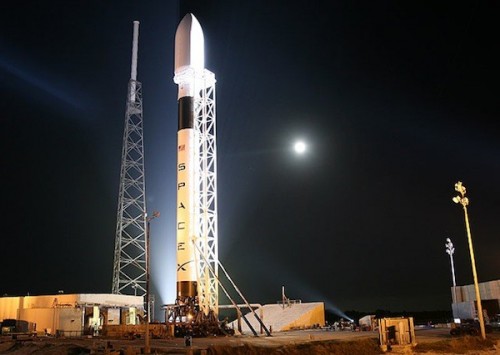Starting Model Rocketry As a Hobby

We all have to start somewhere
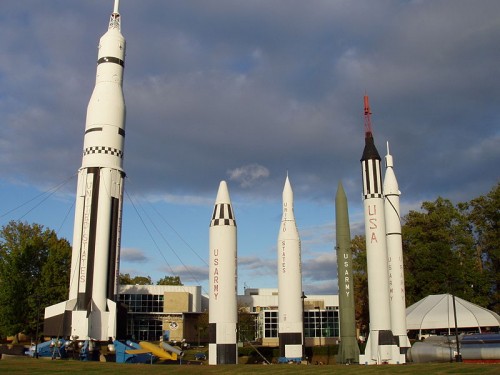
Having Fun with Model Rockets
Model rocketry is a hobby that is enjoyed by many enthusiasts. For many beginners, it is necessary to understand the two main parts of model rocketry: the building and then the launching of rockets. For those who are just starting out, a model rocket kit is the best way for a hobbyist to start in this exciting activity. For those who are more experienced, building and crafting the rocket body is one of the more advanced ways to launch rockets. Advanced rockets can have various body styles and can be equipped with multiple engines for higher altitudes to be achieved.
Flight Sequence
The flight sequence of a model rocket launch can be broken down into six parts. There is ignition & liftoff which is the fist part. This is the burning of the engines using an electrical current which will lead it to the second phase. Acceleration is the second part in which the rocket gains the most speed and is being pushed solely by the power of the engine. The next part is coasting. This is a sequence that involves the rocket flying without any engine power. The fourth part of the sequence involves peak altitude and ejection. At this point, the rocket will reach its maximum height and break in half to release some sort of recovery system. Recovery system deployment is the fifth part of the sequence. A recovery system is a means of finding the rocket once it has completed launch and usually employs a variety of methods to bring the rocket back to earth. The last part is known as touchdown and marks the rocket touching the ground after the launch.
How Does a Model Rocket Engine Work?
A model rocket engine is made up of different parts that all serve an individual purpose in the launching. The engine is first inserted into a rocket and igniter clips are placed in the nozzle. An igniter plug is then put in place to keep the igniter clips from falling out. To achieve liftoff, propellant is ignited and will continue to burn until it has reached its maximum velocity. Within the rocket engine, there is a delay charge that is used during cruising to achieve maximum height without anymore propellant. The final charge that is burned is the ejection charge. This charge is used with a end cap that helps break the rocket in half to release the parachute or some other form of recovery system.
Understand Rocket Motor Nomenclature
The first letter of the rocket’s code will show the motor’s range measured in newtons-seconds. A ‘B’ motor typically has a range of 2.5 to 5.0 newton-seconds. A ‘C’ motor will have a range of 5.01 to 10 newton-seconds. Each letter after will have up to twice the lift that is provided by the previous letter.
The first number that is after the letter will show the average thrust that is capable by the engine and is measured in newtons. A higher number will allow for a more thrust and is better to launch heavier rockets. In addition, a higher thrust indicates a shorter burn time in flight. For instance, a larger rocket will need more initial thrust to launch it, while a lighter rocket will not need as much thrust and can sustain a longer burn time.
The last number in the nomenclature indicates the delay time, in seconds, between the thrust phase and the ejection charge. A ‘P’ shows that the rocket engine has a plug and does not have an ejection charge. Others will show a zero which also indicates there is no ejection charge. Motors that do not have an ejection charge are used on rockets that have simpler recovery systems or on larger ones that have more sophisticated recovery altimeters.
Recovery Systems
Recovery systems are a way of retrieving your rocket after it has reached its pinnacle and is returning to earth. These systems can be very simple or they can employ innovative technology to safely and gently return the rocket to the ground.
A featherweight recovery system relies on a model rocket body that is extremely light. This allows the rocket to flutter down to the ground with minimal damage to the body. This recovery system, however, is only useful on rockets that are extremely tiny. For rockets that are larger and have bigger engines, this form of recovery system is not applicable.
A tumble recovery system uses almost the same idea as a featherweight system but instead uses a physics concept to have it flip over itself to gently land the rocket. This type of recovery system is useful in rockets that have a large cross section or are extremely small.
A nose-blow recovery system is a system that uses the ejection charge to have the nose of the rocket pop out and create enough drag to have the rocket descend slowly back to the ground. To keep the nose from being lost, a piece of string or Kevlar twine is used to keep the body and the nose together. Generally, this form of recovery system is used on larger and smaller rockets.
A parachute recovery system is used to land larger and smaller rockets. Typically, this is where the fireproof wadding is used to protect the parachute from catching fire when the ejection charge is used. Parachute systems are great for landing rockets and can be increased in size with larger rockets for safe landing.
Glide recovery is a more advance way to land an rocket and employs an airfoil to have the rocket spiral down to earth and not damage the body. More advanced glide recovery systems use a remote control that can be controlled by a person on the ground.
Helicopter recovery systems use the ejection charge to deploy blades that are similar to those found on a helicopter. These blades have a design that will allow them to twirl safely and gently down to the ground.
Model Rocketry Safety Guidelines
When launching rockets, there are some rules that you should follow. According to the National Association of Rocketry, rockets should be made using lightweight materials and will not include any metal parts. Rocket motors should only be commercially-made and should not be altered in any way.
The ignition system should only be an electrical one and must include a safety interlock system along with the launch switch. The launch switch also must include an ‘off’ position that must be switched to after a launch. A countdown must be said prior to launch to give people ample time to move away. A minimum 15 feet distance must be kept when launching smaller rockets. For larger rockets, the distance is increased to 30 feet. Rockets should not weight more than 1,500 grams at launch and should not contain more than 125 grams of propellant.
When launching, the area must be safe and free of dried grass. Launches should be done into clear skies and should not be directed towards planes. For rockets that weight between 454 and 1,500 grams, you must alert the closest FAA control tower and inform them so they can direct planes around your launch site.


